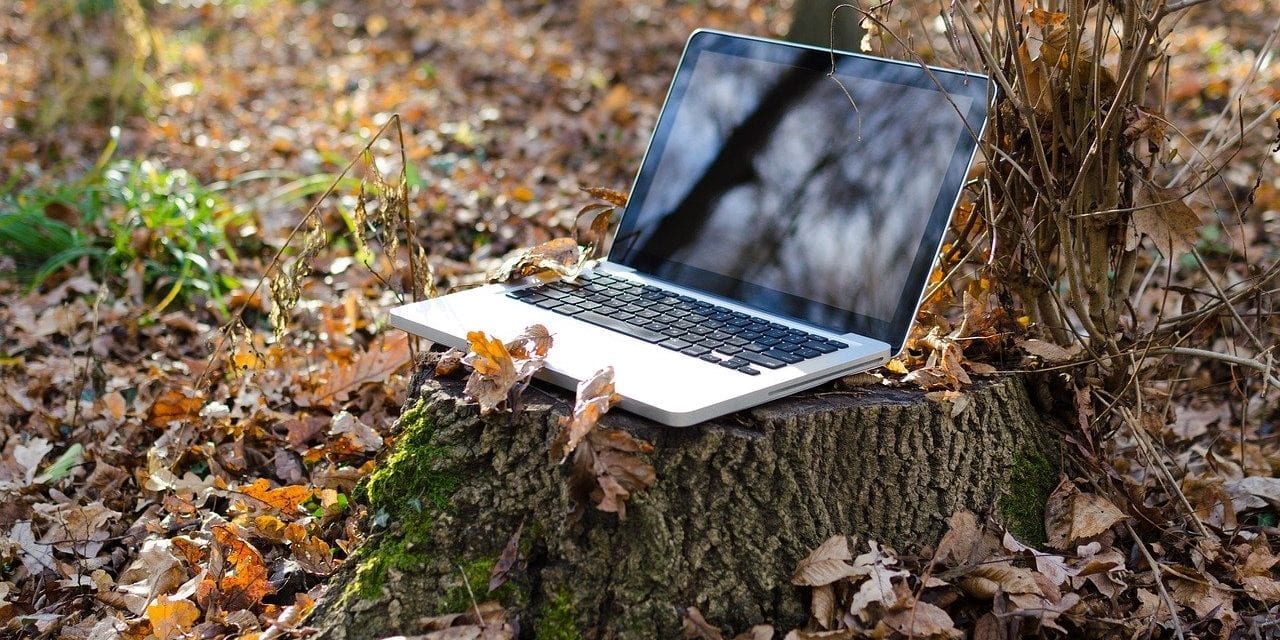If you walk through a typical office, there are a few things you are nearly guaranteed to see. There will be a computer at every workstation, a printer will be spitting out papers, the coffee maker will be brewing a fresh pot, and a slew of office products will be stashed away in drawers. The average office space hasn’t changed in years, but it should be. Most office workers never consider the environmental impacts of their day to day lives, but the average office is not nearly as green as it could be. Making a workplace greener isn’t only easy to do, but it is financially beneficial as many eco-friendly changes result in savings down the road. A few changes that are easy to implement can make any workspace more environmentally friendly.
Sustainability Team

Creating an office sustainability team can both raise awareness of environmental issues and enact green changes that make the office more sustainable. A sustainability team can start recycling projects or talk with the facilities manager about potentially using propane as an energy solution. The greatest benefit of a sustainability team is that it encourages employees to engage with each other and have conversations about how to improve the office’s environmental impact. An office will only see true green change when employees care about the initiative and forming a sustainability team gives employees ownership in the process.
Turn Everything Off at Night
Saving energy is one of the simplest ways an office can save money and go green. Most people are not aware that many electronics still consume energy even when not in use. Computers and appliances are common “phantom consumers” of energy meaning even when in standby or sleep mode, these devices still use energy. To combat this unnecessary energy usage, simply unplug equipment at night. Create a plan where every employee is responsible for unplugging their equipment before leaving the office for the night and they must contribute to an environmental fund if they forget. The fund is a relatively harmless incentive that encourages employees to follow the plan with the added benefit that any money given to the fund will be donated to an environmental protection charity.
Buy Green
Not every office has the capability to buy exclusively sustainable or green products, but switching to eco-friendly products when possible can make a difference. Exchanging older appliances like refrigerators and dishwashers for Energy Star appliances is a small change with a large impact. If you don’t have the budget for larger purchases, opt for smaller changes. Switching to recycled printer paper or bamboo toilet paper can help reduce your office’s carbon footprint. When it comes time to buy new computers or printers, look for second hand or refurbished electronics. Buying used equipment not only keeps functional items out of landfills but also it can save your office money as many gently used electronics are perfectly acceptable and sell for less than new equivalents.
Lay Off the Thermostat
Workplaces are commonly overly air-conditioned in summer and overly heated in winter, which is unnecessarily wasteful. By adjusting the temperature a few degrees (lower in winter and higher in summer), your office will use less energy without making employees uncomfortable. Finding the perfect temperature will take time and employee input, but changing the thermostat by a few degrees can lower your office’s energy bill while being green. Small offices might not notice a drastic change, but small green changes like reducing your HVAC usage can build positive habits that lead to larger changes and effects.
Go Paperless

Paper has been a staple of modern work-life for generations, but technology has presented more environmentally friendly options. Almost every printed document could be stored and accessed digitally. Even documents that require signatures and invoices can be completed digitally meaning there are very few reasons for your office to not go paperless. Many digital file storage systems services are free, so your office will not be making any sacrifices or compromises by ditching paper.
Coffee filters are one of the most common yet unnoticed places paper is used. Use coffee filters made from recycled paper or better yet, buy a coffee maker that doesn’t use paper filters. The cost of buying a new coffee maker might sound excessive, but you will save paper and money in the long run. Buying replacement filters over time will eventually cost more than a coffee maker that doesn’t use disposable filters.
Making your office or workplace more environmentally friendly needn’t be complicated or expensive, as some simple changes can make a big difference. Found a sustainability team to create green projects and initiatives that the whole office can get behind. Saving energy, buying green products, using the thermostat less, and going paperless are great changes that any office can implement to make any workspace more eco-friendly.



